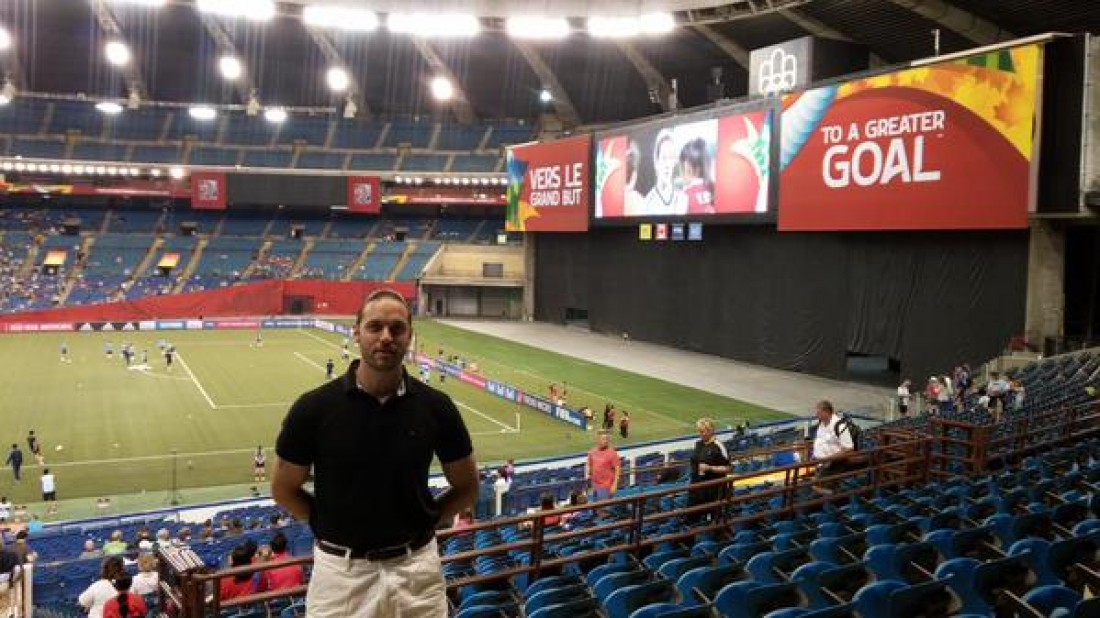Over the past two weeks, I had the opportunity to travel to Winnipeg, Manitoba, and then to Montreal, Quebec, to attend three different FIFA Women’s World Cup matches (Australia versus Nigeria and U.S.A. versus Sweden on June 12th, and France versus South Korea on June 21st). Of course, during this time I also watched many – if not almost all – of the other Women’s World Cup matches that took place. Among many noticeable trends in the women’s game that stood out this year, including a shift towards the use of younger and less experienced players, an emphasis on wing play, and better overall technical ability of the players, one thing was apparent to me the most from my experience of both attending and watching this year’s matches on television: the fact that the top European women’s National Teams appear to be pulling away from the top teams from the rest of the world.
In men’s soccer, European teams have won the past three FIFA World Cups (Italy in 2006; Spain in 2010; and Germany in 2014). These elite men’s National Teams, along with others such as France (runners-up to Italy in 2006), and Holland (runners-up to Spain in 2010), share several common traits in their programs that have contributed to their overall success. Among these common traits are:
- A strong, competitive, national professional soccer league with multiple divisions of play (typically at least 4 or 5 divisions)
- Highly regarded coach educational programs, conducted through UEFA and their own country’s Football Associations
- A high ratio of UEFA “B” and “A” Licensed coaches relative to the number of registered players in the country
- A strong emphasis on youth development, including the most well-respected and professionally run youth academies in the world
It stands to reason that, if these countries are so successful in the men’s game, they should be able to achieve similar success in the women’s game by patterning their women’s soccer programs after their men’s programs. Indeed, over the past 5-10 years, we have seen both Germany and France emerge as Women’s World Cup favourites, partly because of their own very successful domestic women’s professional leagues, academies, and coach educational programs. In the next 5-10 years, I expect to see other European women’s National Teams, including Spain, Italy and the Netherlands, to continue to improve and to also develop into Women’s World Cup contenders.
I was fortunate in that the matches I attended this year included two very strong European teams, Sweden (who have traditionally been one of the better women’s National sides), and France (who have really improved in recent years and looked unstoppable as they swept aside South Korea 3-0). Of course, at the moment there are teams from continents other than Europe, including the United States, Japan, Australia, and even Canada, who have looked very impressive and have progressed through to the knock-out rounds of this year’s tournament. Looking at the bigger picture, however, the technical skills, athletic ability and tactical discipline of the top European women’s teams at this year’s World Cup is impossible to deny. It seems to me that it is only a matter of time before the Europeans become as dominant in the women’s game as they are in the men’s one.


Leave A Comment